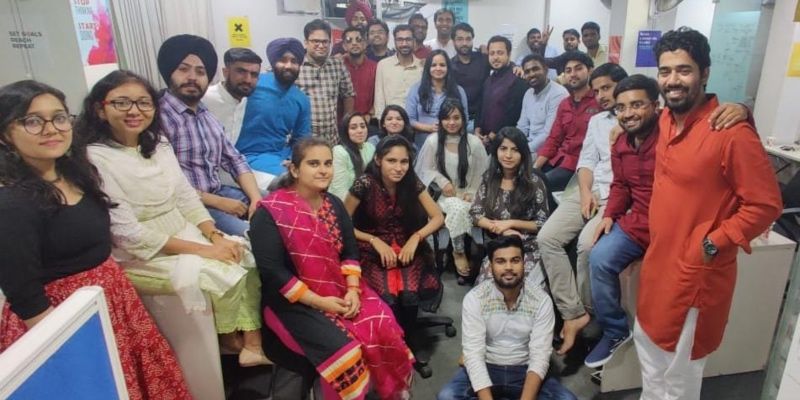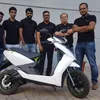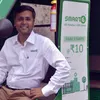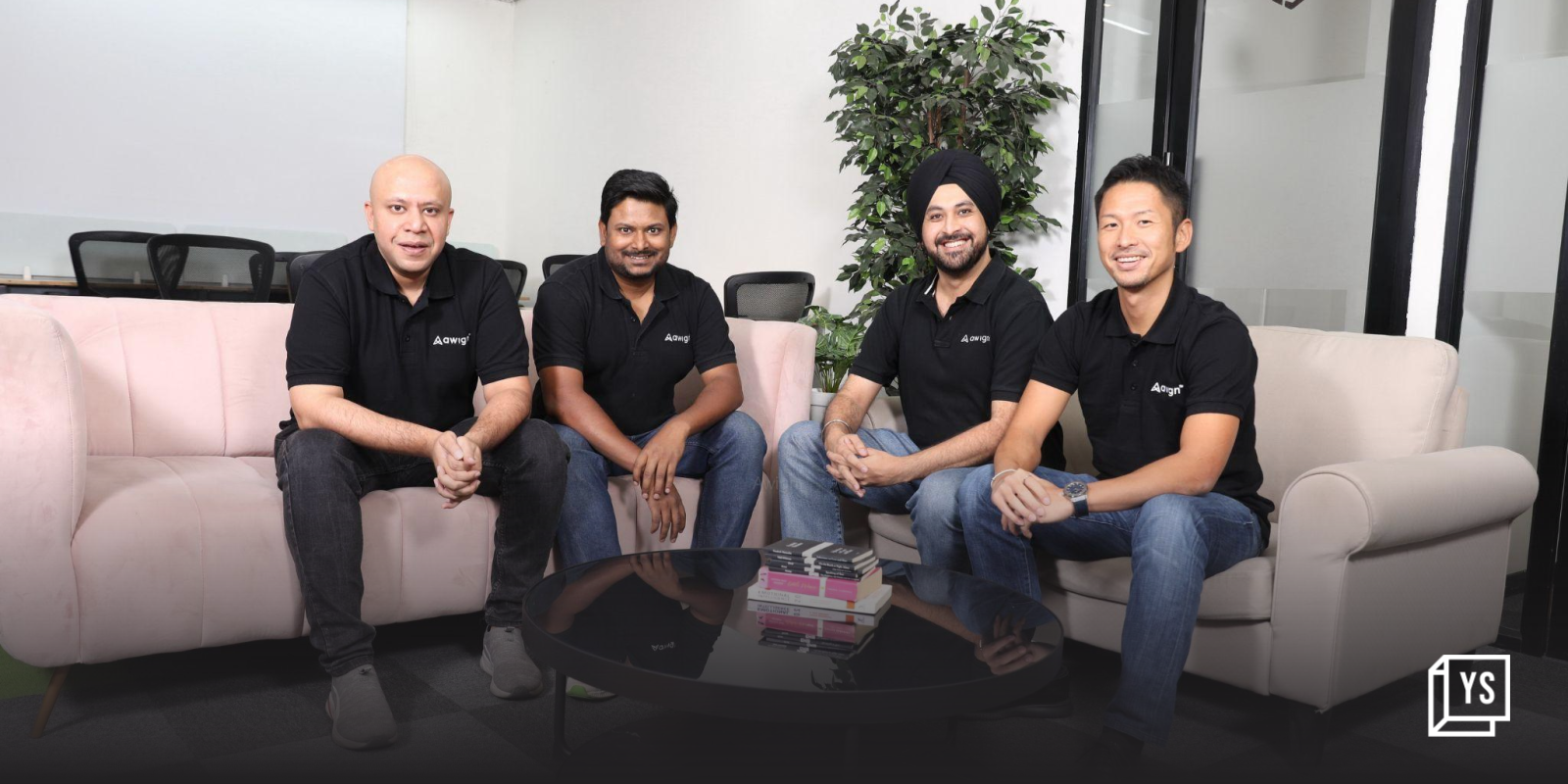How electric mobility startup Oye! Rickshaw is working to solve the last-mile problem
Delhi-based Oye! Rickshaw is an electric rickshaw mobility platform that connects driver partners and users. After completing two million rides in a year, the team is now looking to expand to different cities.
Despite the presence of multiple cab aggregators and commute players, mobility remains one of the largest challenges in India. The shared mobility market in the country is valued at $630.7 million and expected to touch $3.44 billion by 2024.
Only 18 percent Indians own vehicles despite the growing traffic; most prefer public transport as a means of commute. About 65 percent of the daily commute involves a distance of 0 to 10 kilometre, and yet, the last-mile commute remains one of the biggest challenges.
Trying to make a dent in the sector, IIT-Delhi alumnus Mohit Sharma and his school friend and NIT-Allahabad alumnus Akashdeep Singh decided to start Oye! Rickshaw in January 2017 in Delhi. Oye! Rickshaw is an electric rickshaw aggregation platform that works within a 5 km radius. The startup, which focuses on electric mobility and shared commute, began operations in June 2017.
“We realised the way other cab aggregators was running operations in this category wouldn’t work for micro-mobility and last-mile commute,” says Mohit, adding that a customer takes the ride on a daily basis with a minimum of two rides per day.
Currently, Oye! Rickshaw claims to have over 25 rides per customer per month. In three months, Oye! Rickshaw touched over 70,000 rides and registered about 15,000 customers. Mohit says it was then they realised the platform had certain stickiness.
This year, Oye! Rickshaw has completed two million rides.

The Oye! Rickshaw team
The beginning
Based out of Delhi, Mohit had worked for Hero Group for two years. He later founded Jangid Motors, an electric rickshaw design, manufacturing, and distribution startup, with his uncle, Rajesh Sharma, in 2015. “We had started from scratch and in 18 months we were one of the largest players in the space. We sold over 10,000 e-rickshaws,” Mohit says.
During this time, Mohit and Akashdeep would discuss how the mobility market and demand for e-vehicles was growing and evolving. They realised that there were about one billion e-rickshaws in the market by 2017.
However, the mobility market was not able to crack last-mile connectivity, and the duo realised that the platform needed to work differently.
“We realised that other platforms couldn’t break into the market as the entire driver and rider experience was different. For example, drivers of e-rickshaws do not go beyond a 5-km radius. They are usually around metros, malls, bus stations, and other hubs. If you give them a customer beyond that radius, they will not pick the ride.”
The target customers are people make about Rs 20,000 per month. They are dependent on public transport and they can’t afford the regular aggregator cabs.
The duo decided to build a ride-sharing platform focusing on the 5-km radius. Mohit says the platform is built on a virtual stand structure; they don’t provide doorstep pickup but the customer doesn’t have to walk more than 50 metres.
“There is nothing like rerouting on our shared platform unlike cab aggregators because we use data and matching algorithms to distribute driver partners accordingly,” Mohit explains.
Oye! Rickshaw’s virtual stack has a single latitude-longitude structure, which predetermines where the driver partner will wait for the customer. The platform follows an asset-light model, only aggregating e-rickshaws.

Mohit, Founder and CEO, Oye! Rickshaw
On-boarding the drivers
In the beginning, the duo faced difficulty in onboarding driver partners. “It takes time to gain their trust; in the early days, they wouldn’t wait for long. With time, we were able to build trust. It takes long-term commitment and investment,” Mohit says.
Initially, the drivers needed to be incentivised to stay at a location for more than two minutes. The minute they started seeing some traction, the numbers and volumes started to rise. “At one hub, we are getting over 5,000 rides per day,” Mohit says.
The drivers charge Rs 20 per ride from the customer, of which the company gets a 15 percent commission. The team also has subscription options. The average cost of a subscription is Rs 300, which gives you the option of 30 or 60 rides. For an older hub, the team sells 30 rides for Rs 300; for newer hubs, it charges Rs 500 for 50 rides.

Akashdeep, Co-founder, Oye! Rickshaw
The market and future
The electric vehicle space is fast heating up. There already is with Ola Electric, which recently became a unicorn. Oye! Rickshaw competes with the likes of SmartE, which recently raised Rs 100 crore as part of its Series B round of funding from Japanese conglomerate Mitsui & Co.
Over the last couple of years EV manufacturing startups have built a strong partner ecosystem with vehicle OEMs like Mahindra & Mahindra and Kinetic Green, and energy solution providers like Panasonic, Exicom, and Sun Mobility.
Oye has raised undisclosed funding from Snapdeal Founders Kunal Bahl and Rohit Bansal, and other individual investors, including Prashant Malik, Anand Chandrasekharan, Navroz Udwadia, and Matrix Partners India.
But the Oye! Rickshaw team, which has 12 operating hubs in Delhi (one is in Ghaziabad), remains unfazed. “We are looking to expand to five cities in the next eight months. We are also looking at bringing additional options like providing driver partners with financial services,” Mohit concludes.
(Edited by Suman Singh)












